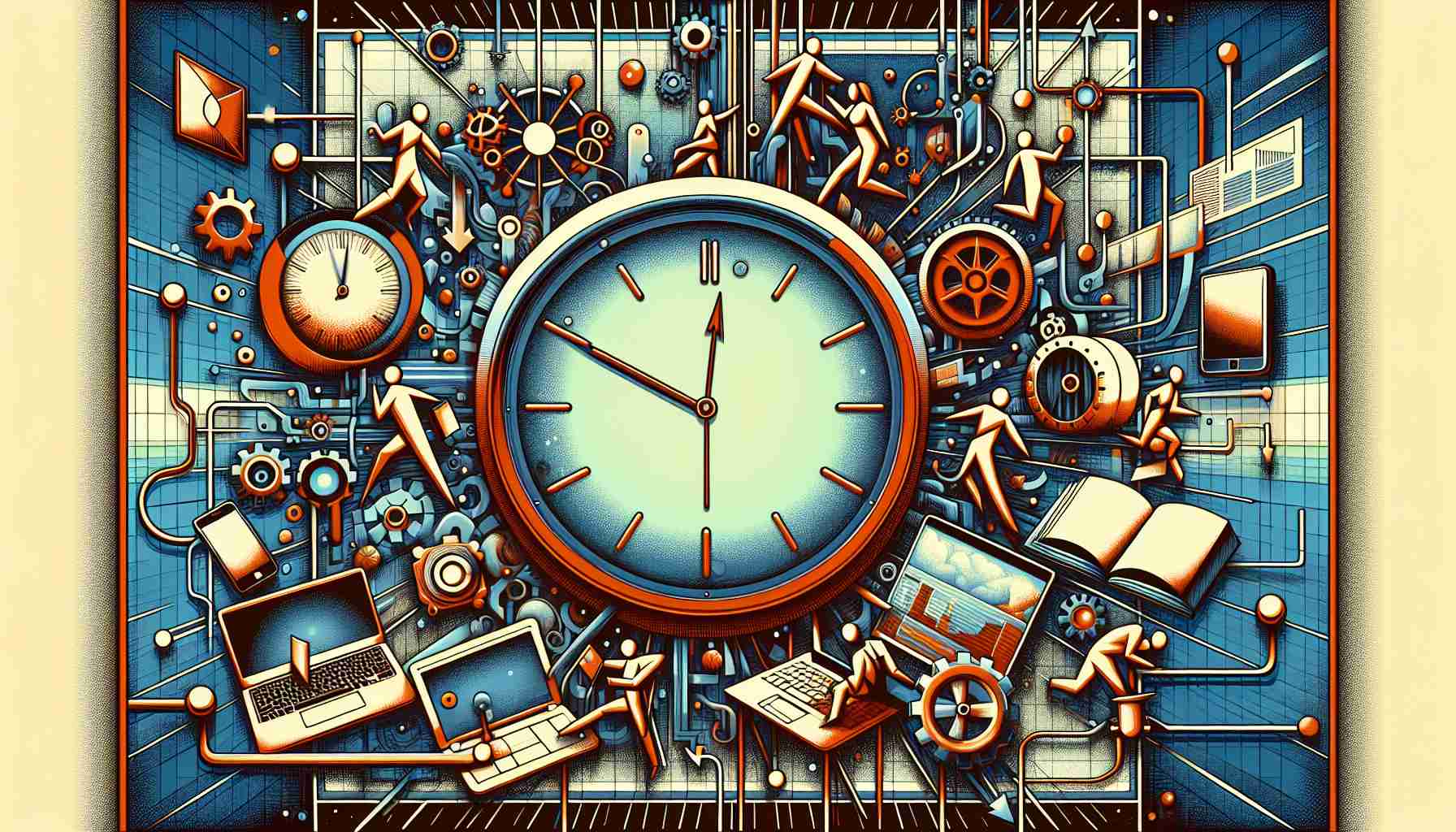Thinking Beyond the Hamster Wheel
The common frantic imagery of productivity is rapidly becoming outdated. As Laura Mae Martin, the in-house productivity specialist at Google, illustrates through her recent book, genuine productivity isn’t about filling every moment with tasks. Instead, it’s about intentional day planning — aligning what you do and when you engage in tasks with your optimal state of mind and environment.
Being productive could mean seemingly contradictory activities, like relaxing while binge-watching a series, if that activity is deliberately chosen to relax and rejuvenate oneself for the upcoming demands of work.
Mastering Your Agenda
Choosing priorities is paramount in a world teeming with potential tasks. Martin advises a foresightful mindset, considering what your future self will appreciate having concentrated on. It’s about collapsing your agenda to concentrate on a select bundle of crucial endeavors, perhaps just three primary focuses.
Understanding Your Rhythmic Peaks
Not all times of day yield the same level of productivity. One’s personal chrono-type determines when one might experience bursts of productive energy. Martin emphasizes scheduling intense work during these peaks, while allocating less demanding activities to low-energy periods.
Choosing Your Environment Wisely
Identifying where you work best can significantly boost efficiency. For many, the COVID-19 pandemic led to discoveries about how various settings impact our productivity. Martin proposes leveraging state dependency — pairing specific environments with certain tasks to cue your brain into action.
Efficiency in Routine Tasks
Even mundane tasks, such as email management, can benefit from a systematic approach. Martin likens this to doing laundry: one wouldn’t incessantly check and fold a single shirt repeatedly throughout the day, so why approach emails any differently? Instead, batching emails into categorized groups at specified times can yield better results.
Smartphone usage, too, requires boundaries. Establishing limits, like app lockouts after a certain hour or design the physical placement of your phone, can transform it from a distraction into a tool to support your productivity ambitions.
Important Questions and Answers:
1. What does reframing productivity in modern times entail?
Reframing productivity involves a shift from the traditional view of constantly doing tasks to a more intentional, strategic approach wherein activities are aligned with one’s optimum mental state and environment.
2. How can one’s chrono-type affect productivity?
A chrono-type refers to an individual’s natural predisposition for sleeping and wakefulness throughout a 24-hour period. Recognizing your chrono-type can help in planning tasks during periods of high energy and focus, which in turn enhances productivity.
3. Why is the environment an important factor in productivity?
The environment can influence one’s ability to concentrate and perform tasks efficiently. By choosing and conditioning environments that are conducive to specific types of work, individuals can trigger their brain to engage more readily with their tasks.
Key Challenges or Controversies:
1. Technology Distractions:
While technology can aid productivity, it often presents distractions (e.g., smartphone usage, social media). Setting boundaries for tech use is challenging for many but essential for maintaining focus.
2. Work-life Balance:
In modern work environments, especially with remote working, maintaining boundaries between work and personal life can be challenging, which affects overall wellbeing and productivity.
3. One-Size-Fits-All Approaches:
Productivity strategies may not be universally effective given individual differences, such as chrono-types and environmental preferences, sparking debate over best practices.
Advantages of Reframing Productivity:
– Achieving higher effectiveness by aligning tasks with energy peaks.
– Enhancing mental health through intentional breaks and diverse activities.
– Improving satisfaction by focusing on priority tasks that align with personal and professional goals.
Disadvantages of Reframing Productivity:
– Potential for misunderstanding leisure as unproductive time.
– The difficulty of breaking out of a traditional work mindset that values busyness over outcomes.
– The challenge of finding the most suitable personal productivity system.
For more information on productivity concepts and personal efficiency, you can visit authentic and reputable sources like:
Lifehacker
Forbes
Harvard Business Review
These links would direct you to domains known for discussing workplace culture, personal development, productivity, and management. Please always ensure that you are visiting secure and authentic websites to obtain reliable information.
